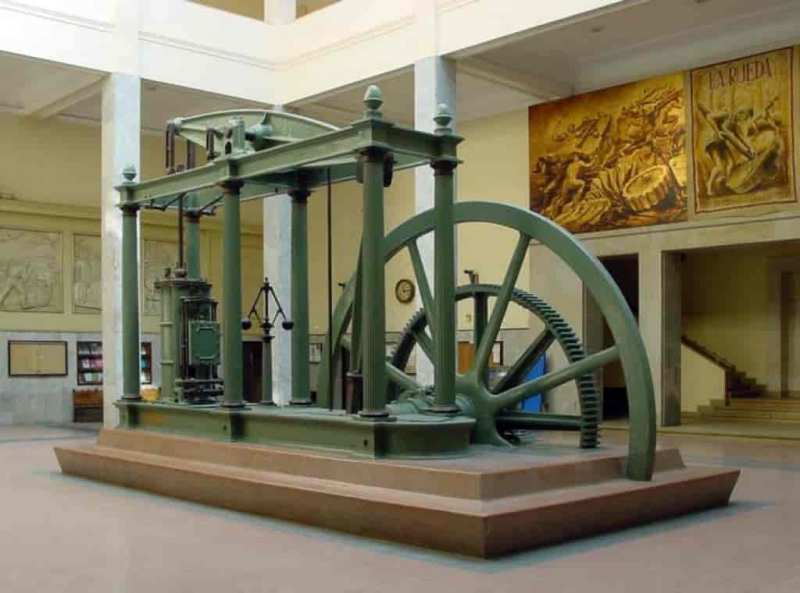Thomas Newcomen
The atmospheric engine was developed by Englishman Thomas Newcomen in 1712 and was the first usable fuel-burning engine. He is also one of the most famous scientists of all time. He was a Baptist lay preacher by calling and an ironmonger by trade.
A merchant family welcomed him into the world at Dartmouth, Devon, England, where he was christened on February 28, 1664, at St. Saviour's Church. Flooding was a significant issue back then in the coal and tin mines. Soon after, Newcomen began working to find better ways to remove water from these mines by pumping it out. His ironmongery company focused on creating, producing, and marketing equipment for the mining sector.
The steam engine that Newcomen invented about 1712, integrating the concepts of Thomas Savery and Denis Papin, was his greatest accomplishment and was used to move water out of a tin mine. Savery, whose ancestors were merchants in south Devon, was probably already familiar to Newcomen. Additionally, Savery was employed by the Commissioners for Sick and Hurt Seamen, which required him to travel to Dartmouth. As a type of thermic syphon, Savery's "fire engine" allowed steam into an empty container before it condensed. The water in the sump at the bottom of the mine was sucked out using the vacuum that was thus produced. The "fire engine" had a restricted working depth of around thirty feet and was not particularly efficient.
Born - Died: 1664-1729
Field: Invention
Important contributions: created the atmospheric engine, the first practical fuel-burning engine, steam engine














